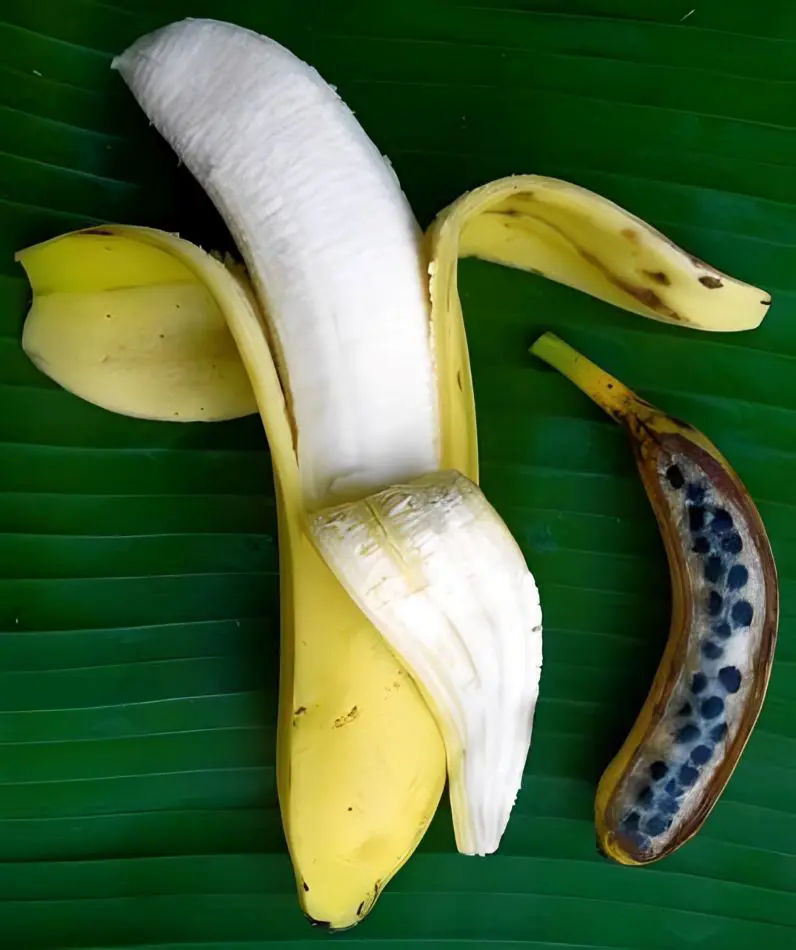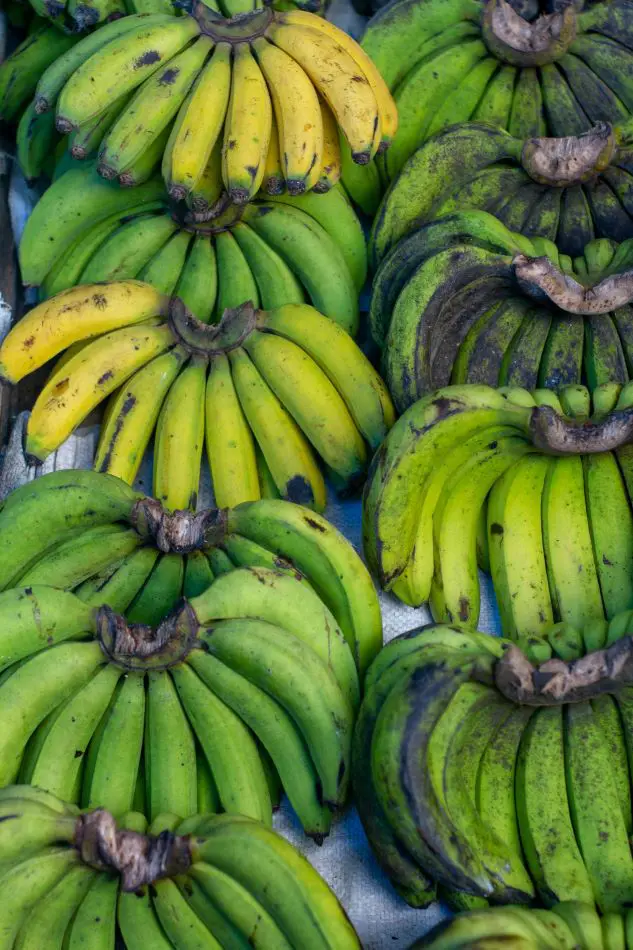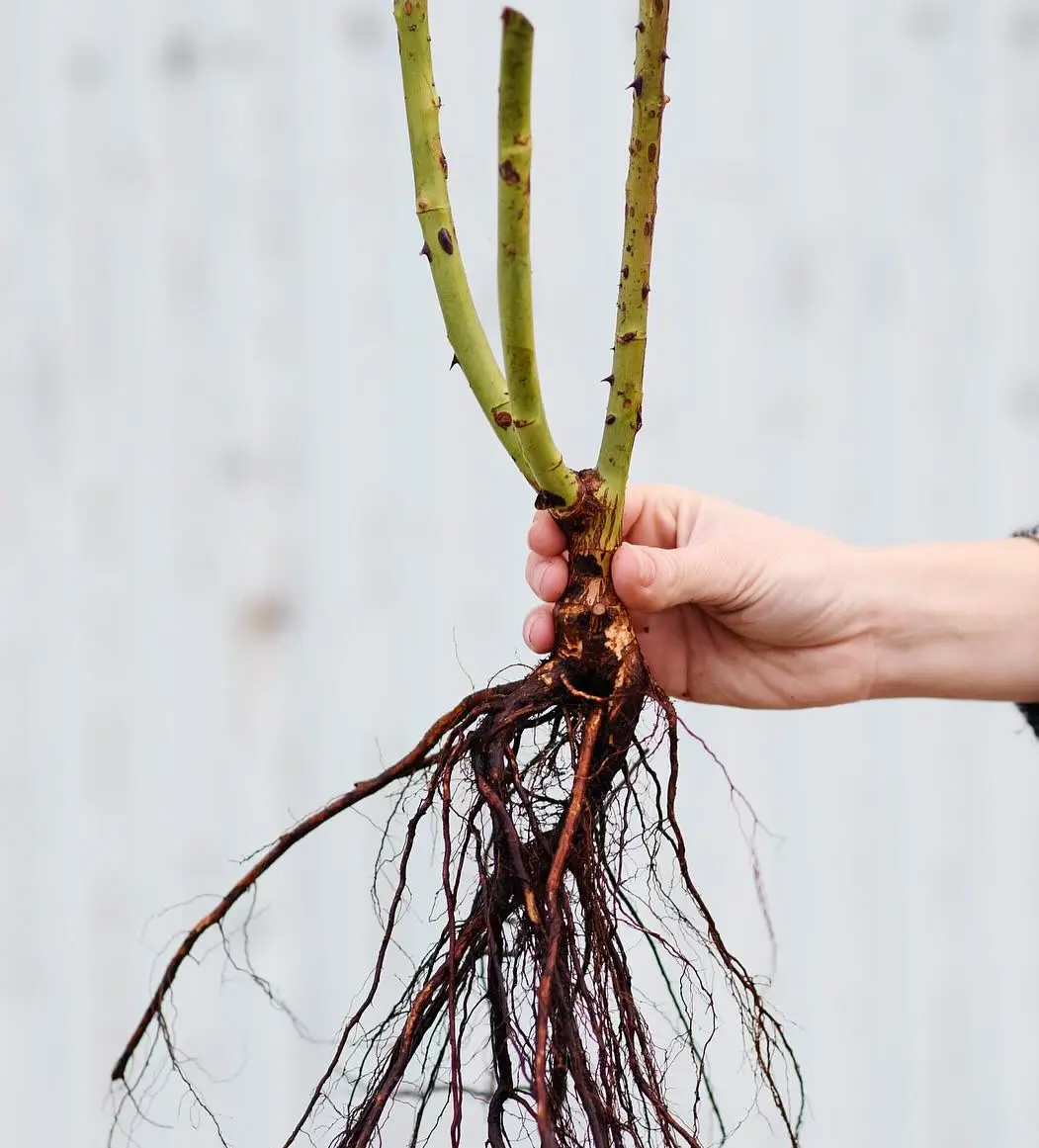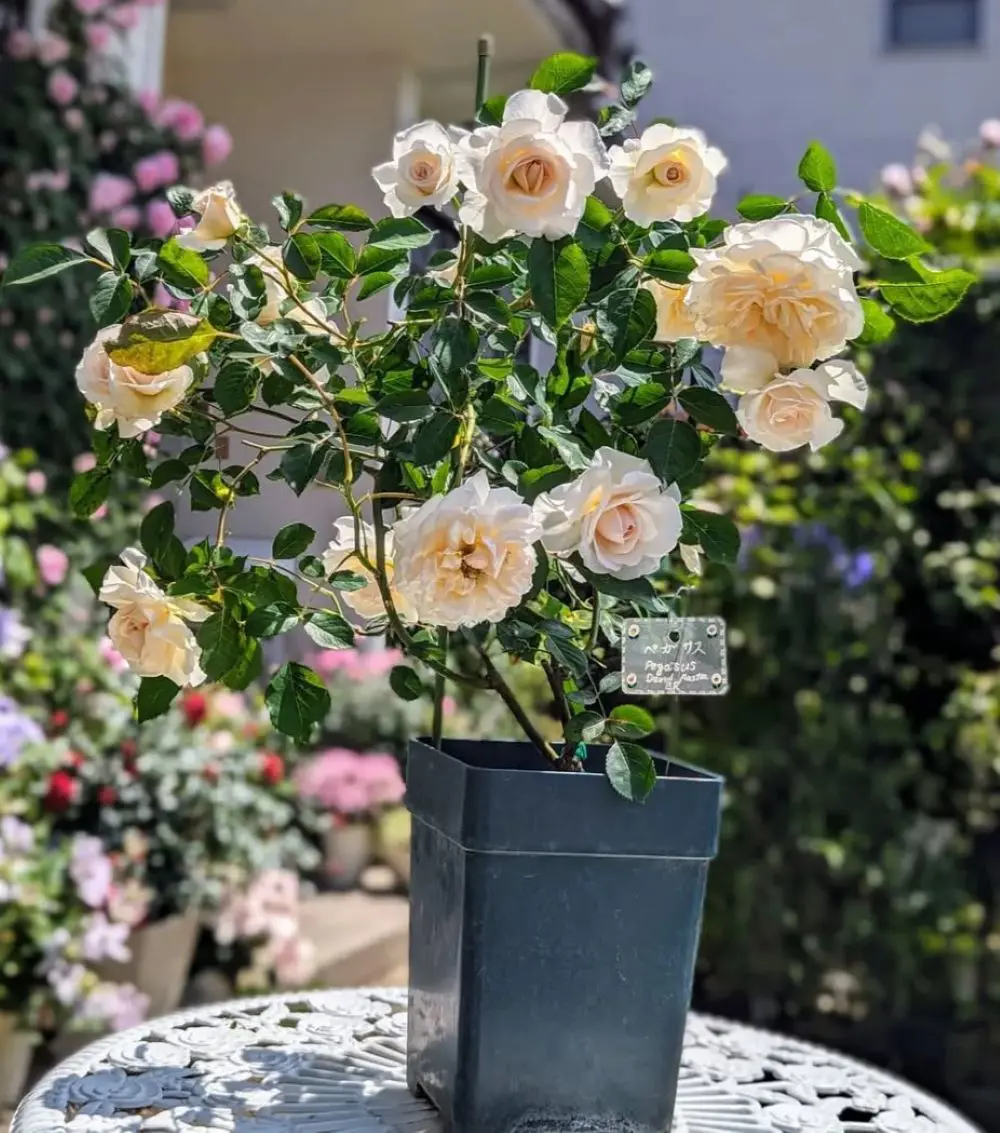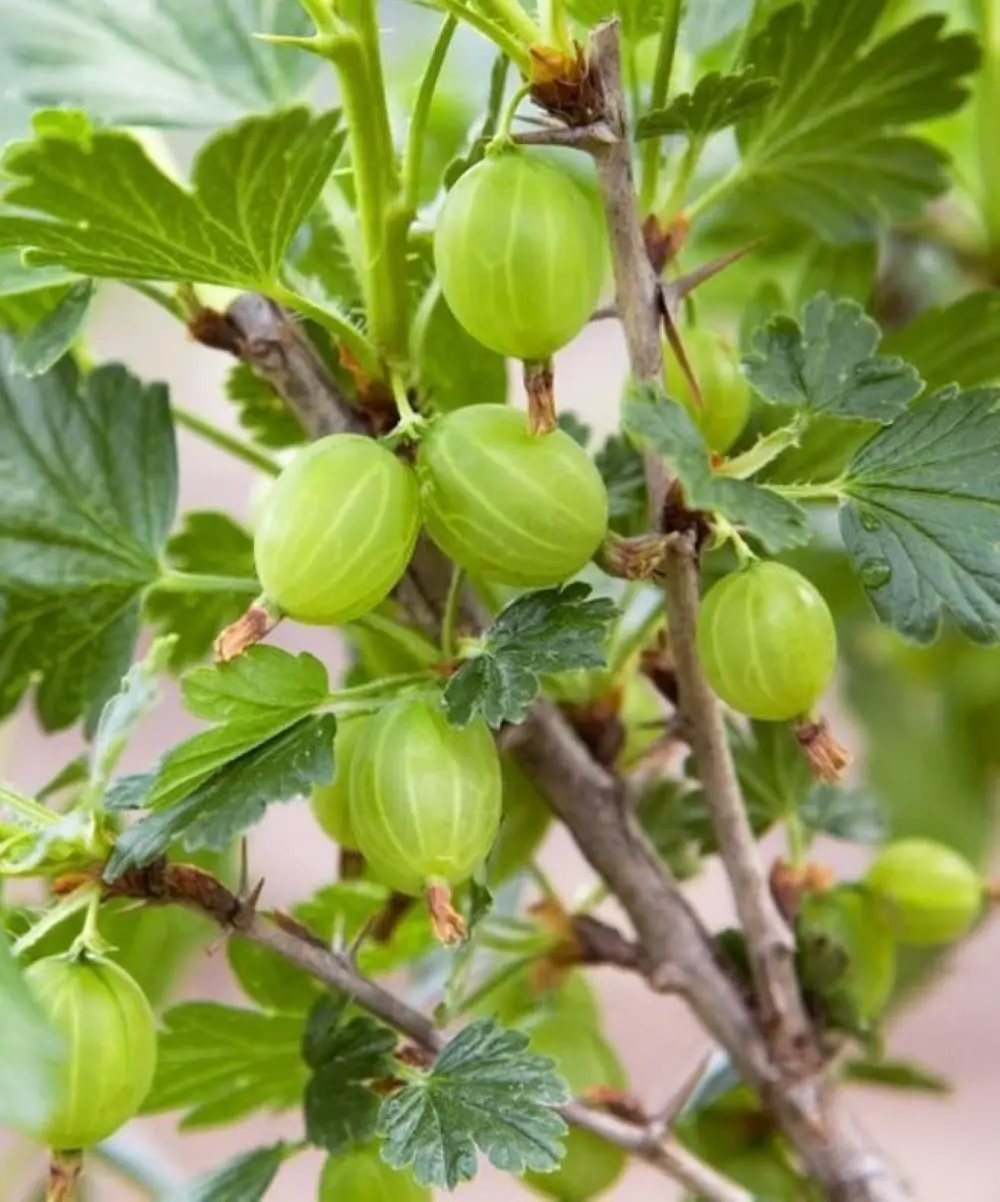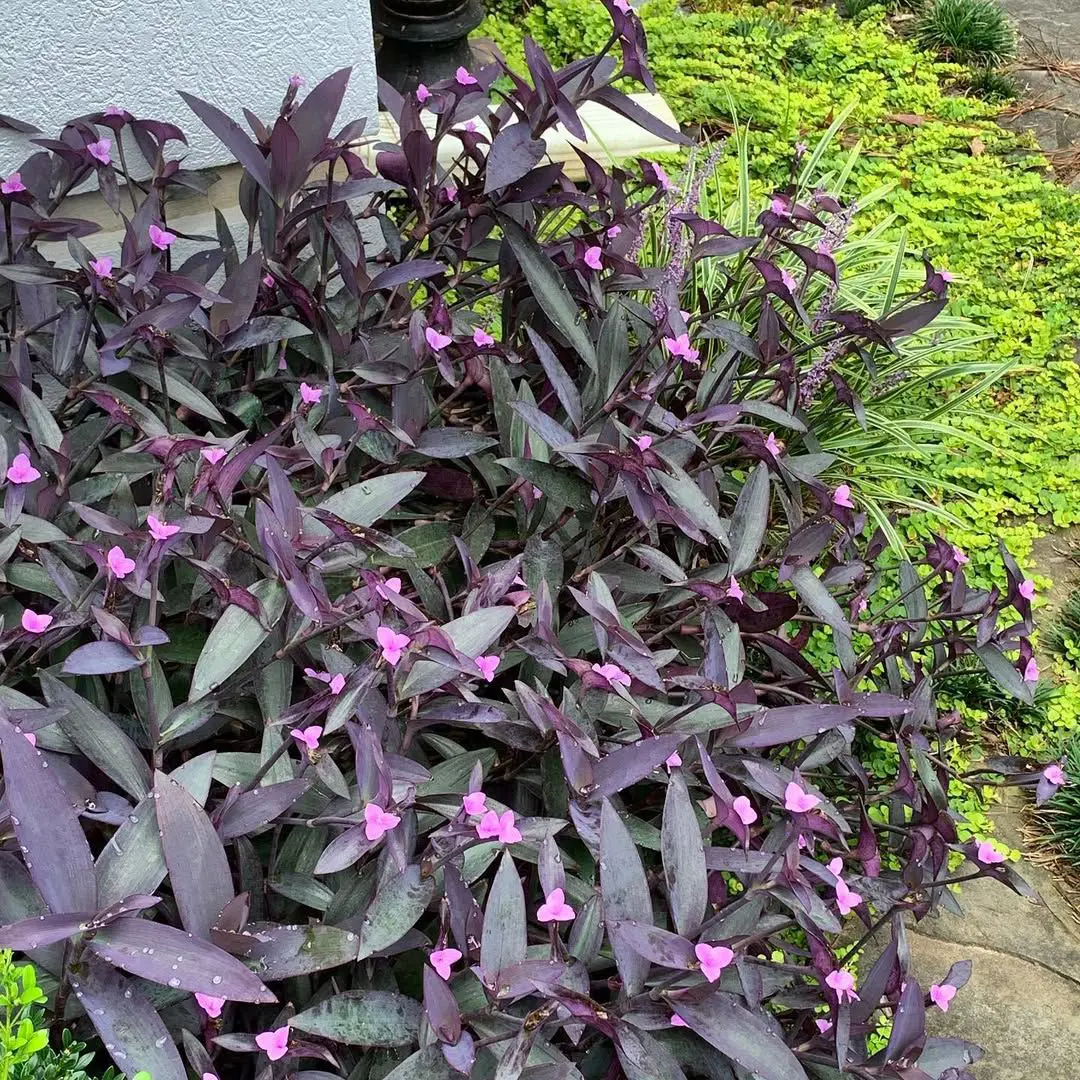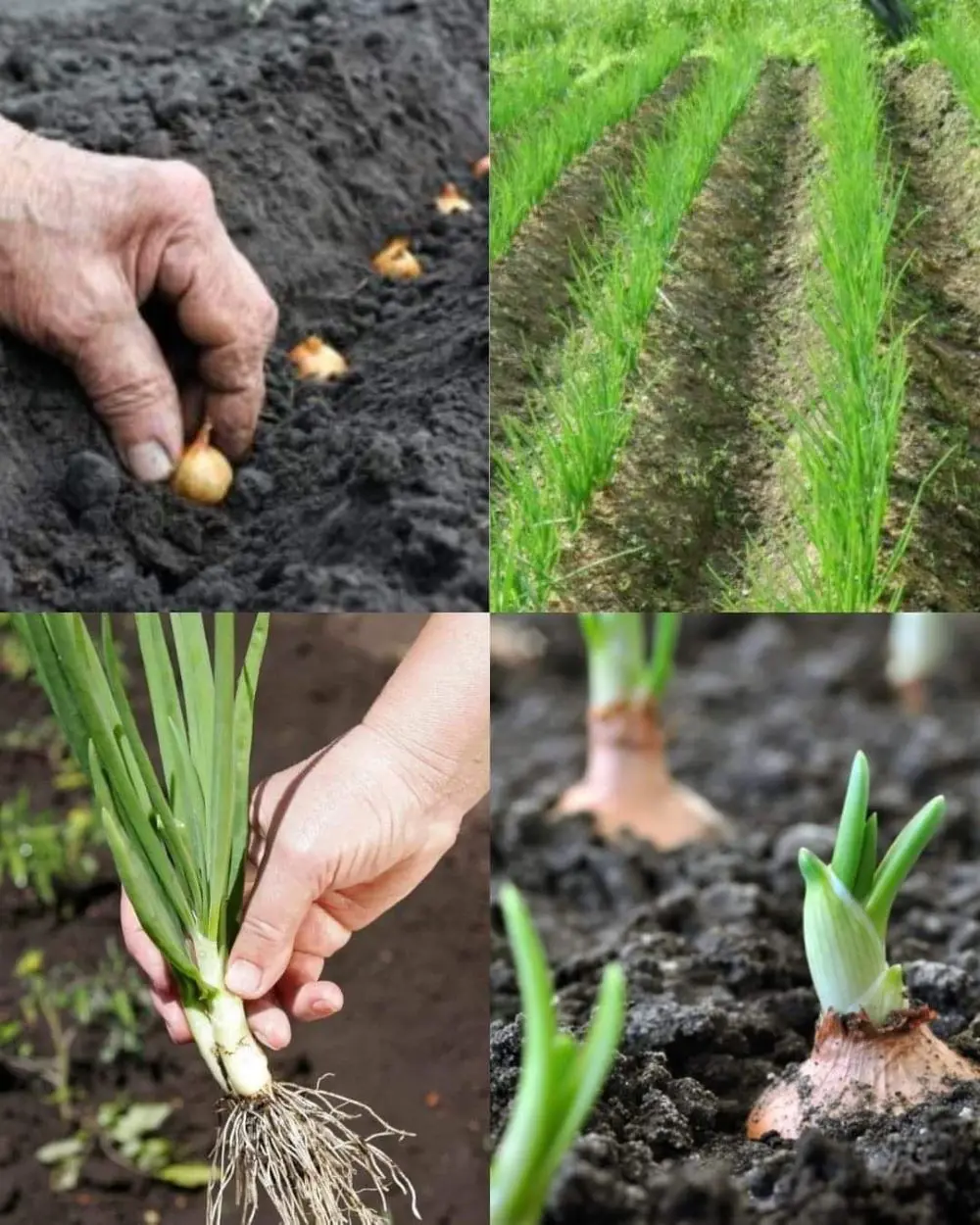Here you will get to know about growing banana tree from seed after preparing them:
1. Choose a suitable container: Select a seed tray or container with good drainage holes. The container should be at least 6 inches deep to accommodate the growing roots.
2. Prepare the potting mix: Use a well-draining potting mix that is rich in organic matter. A mix of 60% sand or airy loam and 40% compost works well.
3. Sow the seeds: Plant the prepared banana seeds 1/4 inch deep in the potting mix. Space them about 2 inches apart.
4. Water: Water the seeds gently until the soil is moist but not waterlogged. Avoid letting the soil become soggy, as this can cause the seeds to rot.
5. Cover: Cover the seed tray or container with a plastic lid or place it inside a plastic bag to maintain humidity. This helps keep the soil consistently moist.
6. Provide warmth: Maintain a soil temperature of at least 60°F (15°C) for germination. Use a heat mat or place the container in a warm location.
7. Monitor temperature: Some banana varieties benefit from alternating temperatures, such as 19 hours of cool temperatures and 5 hours of warm temperatures. Experiment with temperature fluctuations if needed.
8. Be Patient: Banana seeds can take anywhere from 2 weeks to 6 months to germinate, depending on the variety. Keep the soil consistently moist and maintain the proper temperature during this time.
9. Transplant: Once the seedlings have developed a few leaves and a healthy root system, transplant them into larger containers with fresh potting mix.
Remember to keep the soil consistently moist but not waterlogged, provide adequate warmth, and be patient during the germination process. With proper care and attention, your banana seeds will sprout and grow into healthy plants.

